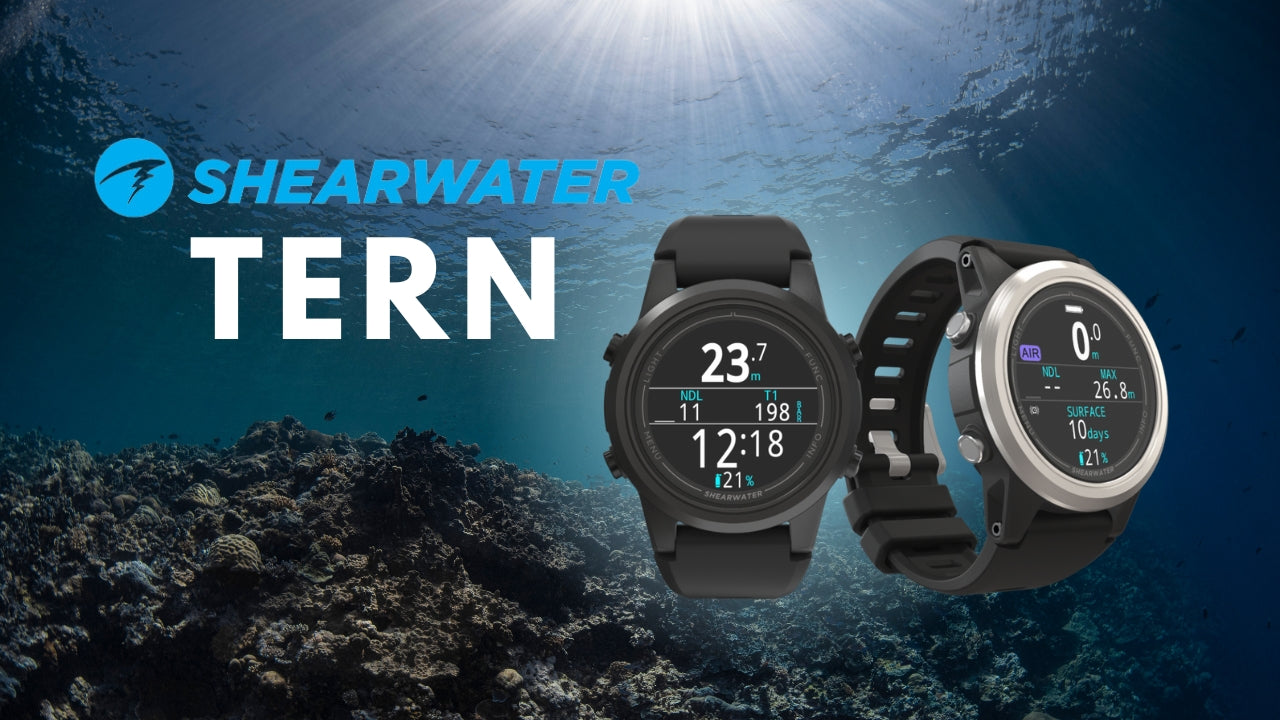Scuba Essentials: Underwater Writing Devices

Whether you are a new diver or an experienced dive professional, every now and then, you’ll find the need to write something down underwater, be it a quick message to a buddy, the species of fish you’ve encountered, a map of your dive site or some information for your logbook. Here is where various underwater writing devices come into play. Dive slates, scuba notebooks, magnetic boards, and wrist slates are all useful tools that facilitate underwater communication, education, and data collection.
A slate is particularly useful for activities like underwater navigation and photography, as it allows to record camera settings for specific photos, write down compass courses, mark natural navigation features of the underwater terrain, etc. Scuba instructors may find dive slates useful to jot down student evaluations while underwater.
As it’s been mentioned above, there are a few different types of underwater writing devices. They vary in size, the way you can wear or store them, and how you erase them, yet all follow the same premise, recording information underwater.
Standard Dive Slates

A standard dive slate is the simplest and probably the most commonly used underwater writing device. Generally, it’s a white tag of plastic, attached to some sort of a hook clip that can be fastened to a BCD. Such slates come in a variety of sizes and usually include a pencil which is attached to the slate with a special latex or plastic tether. There are also luminous glow-in-the-dark variants that are great for night dives. Underwater slates are quite cheap and are reusable, as you can erase the slate with an ordinary pencil eraser or a special dive slate cleaner.
Multi-Page Wrist Slates

Whereas typical dive slates clip onto the BCD, multi-page wrist slates are designed to be worn on the diver’s wrist using an elastic velcro strap. The pages on these slates are curved so that they fit comfortably over the forearm. With this kind of slate, you get two major benefits. Firstly, the slate is constantly accessible and ready to use. Secondly, the wrist provides a stable platform for you to write on. Additionally, multiple pages give you more space for your observations, so this kind of slate may be a good choice if you like to make detailed notes.
Magnetic Slates

Magnetic slates use a special technology which allows the diver to write on a plastic surface with a special magnetized pen that causes tiny magnetic particles inside the slate to form the writing. Magnetized “grains” produce very visible markings, making these slates considerably easier to read. Furthermore, unlike the standard slates, which can be difficult to wipe and can become dark after sending multiple messages, magnetic slates are easy to clean thanks to the slide eraser. On the downside, they’re not the best choice if you have a lot to write down and can be slightly bulkier than standard slates.
Waterproof Notebooks
As the name suggests, waterproof notebooks contain waterproof and tear-resistant erasable paper. There are usually 15-30 sheets of this special paper attached to a spiral-spine cover, and the sheets can be torn off if necessary. Most waterproof notebooks come with special plastic pencils attached. Compared to other underwater writing devices, scuba notebooks tend to be less bulky and offer more room to write on. A diver can fill multiple pages with notes and observations and, when done writing, simply put the notebook into the BC pocket.

AquaSketch Minno Wrist Slate
The AquaSketch Minno Wrist Slate is really its own kind of underwater writing device. It features tiny vellum scrolls inside (up to 8 feet), which can be rolled with a knob to provide lots and lots of writing surface. An ordinary graphite pencil can be used to write and erasing is possible as well. What’s more, the AquaSketch’s surface is phosphorescent, which means it can illuminate notes during night dives. The vellum scroll is reusable, but you can replace it if need be. Finally, one of its biggest advantages is that the scrolls can be scanned into a computer after the dive for documentation and future reference.



![9 Best Dive Computers in 2024 [Reviewed & Updated] - DIPNDIVE](http://dipndive.com/cdn/shop/articles/best_computers2.jpg?v=1658752532)
